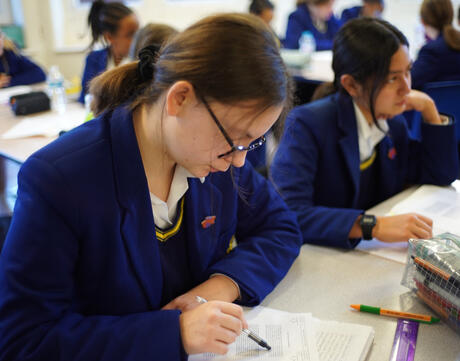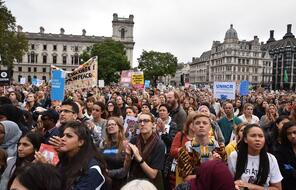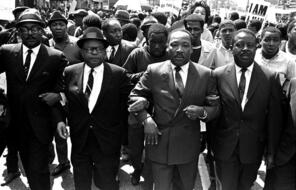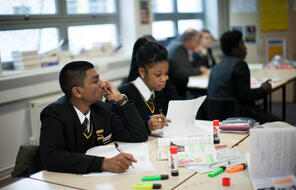
Step 3: Understanding Human Rights
Overview
About This Assessment
For their third project, students will work in groups to come to consensus on 10 fundamental human rights that they feel every individual, student and adult, in their school is entitled to enjoy and then create a School Declaration of Human Rights Infographic to convey this message using text and visuals.
Procedure
Steps for Implementation
Unlimited Access to Learning. More Added Every Month.
Facing History & Ourselves is designed for educators who want to help students explore identity, think critically, grow emotionally, act ethically, and participate in civic life. It’s hard work, so we’ve developed some go-to professional learning opportunities to help you along the way.
Exploring ELA Text Selection with Julia Torres
On-Demand

Working for Justice, Equity and Civic Agency in Our Schools: A Conversation with Clint Smith
On-Demand

Centering Student Voices to Build Community and Agency
On-Demand
















